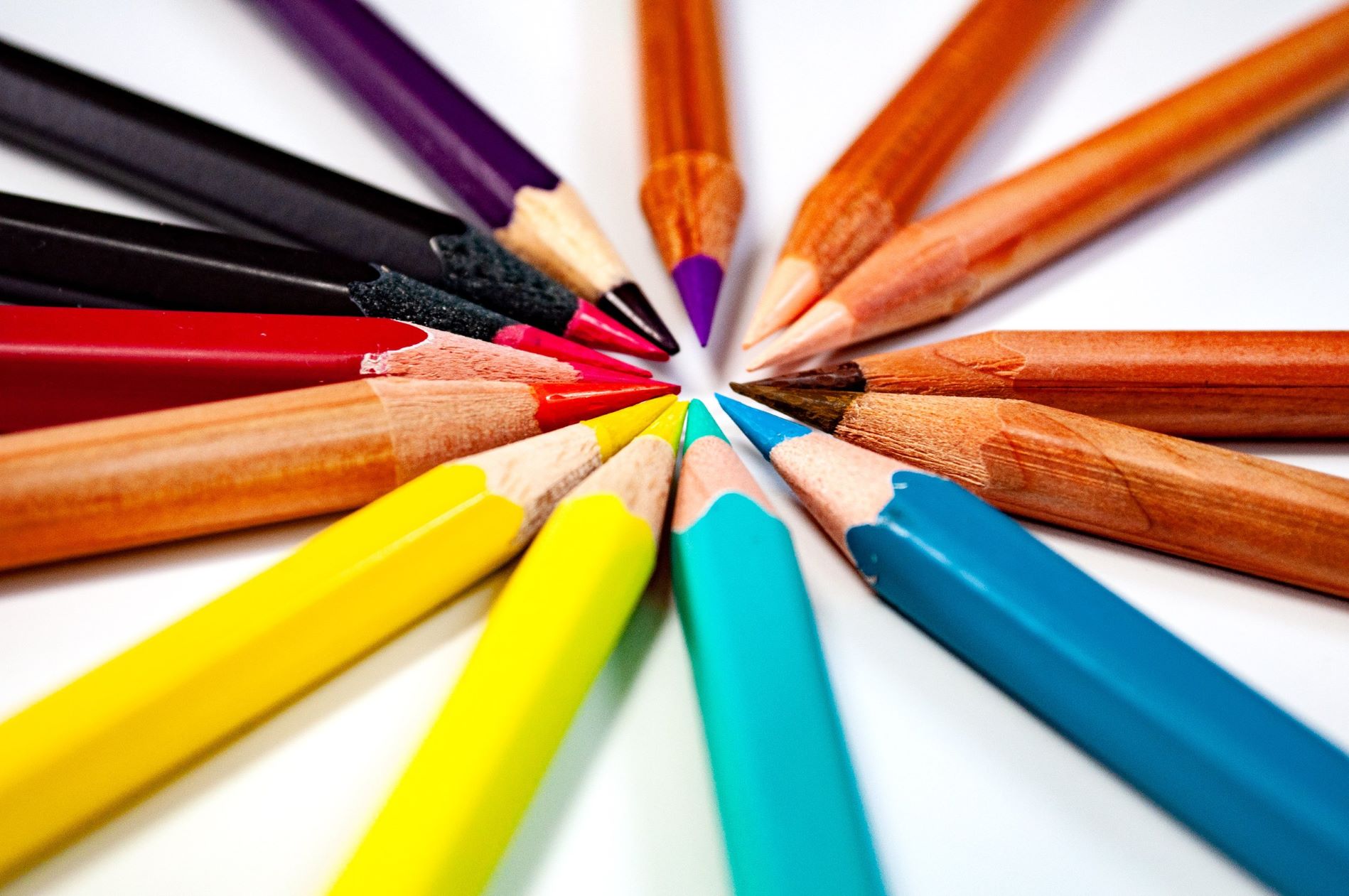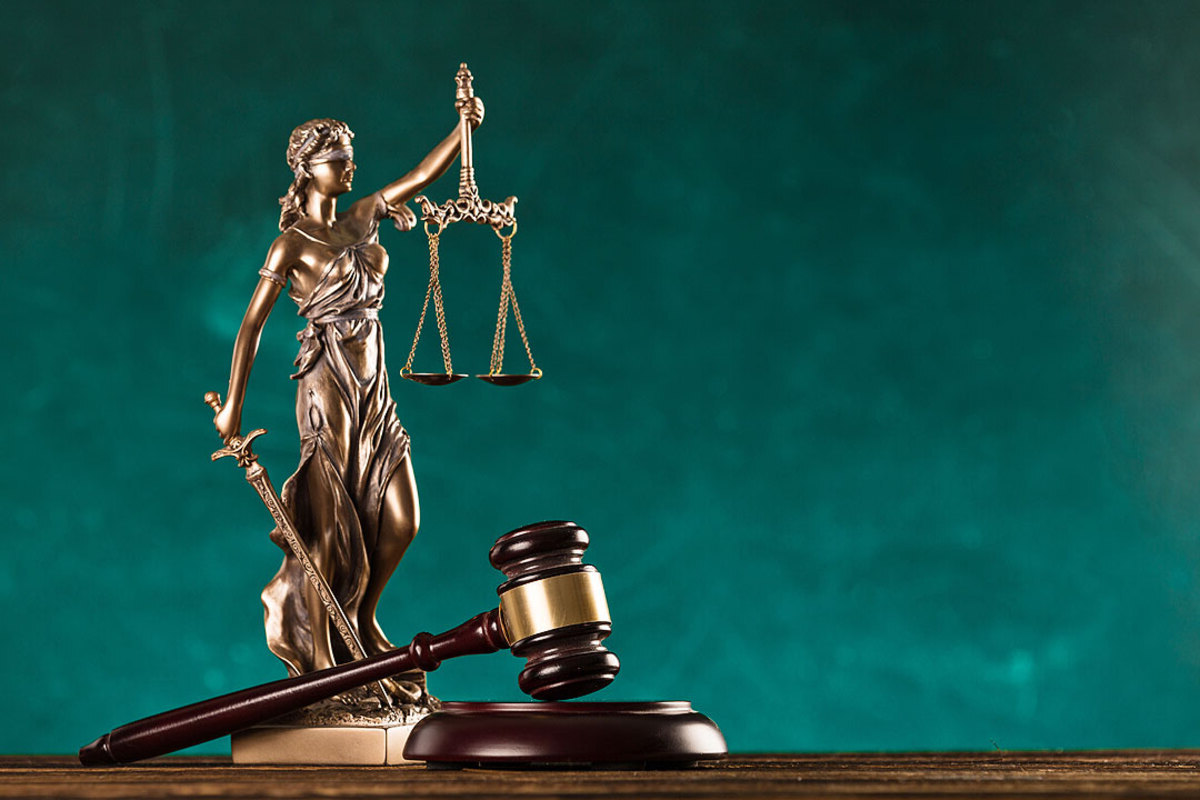
When it comes to writing, one tool that has been a staple for centuries is the pencil. These simple yet powerful instruments have played a significant role in our history, from helping us create works of art to aiding in our everyday note-taking. But did you know that pencils have a fascinating story behind them? In this article, we will delve into 19 intriguing facts about pencils that you might not be aware of. From the different types of pencils to the invention of the eraser, prepare to be amazed by the little wonders that have been tucked away in our pencil cases for years. So grab a pencil, sharpen your curiosity, and let’s dive into the fascinating world of pencils!
Key Takeaways:
- Pencils have a fascinating history dating back to the 16th century, with interesting facts like being able to write in extreme conditions and having a lifespan to draw a 35-mile line.
- The pencil’s versatility is truly remarkable, from being used in space missions to its ability to write in zero gravity and upside down. It’s no wonder it’s in the National Toy Hall of Fame!
The pencil was invented in the late 16th century.
Believe it or not, the pencil has a rich history dating back to the late 16th century. It was first invented by Conrad Gesner, a Swiss naturalist, in 1565.
Pencils were originally made with a lead core.
Contrary to popular belief, pencils were not initially made with lead. The first pencils were made with a graphite core encased in a wooden barrel.
The hardness of a pencil is determined by its graphite composition.
Pencil hardness is determined by the ratio of clay to graphite in the core. The more clay in the composition, the harder the pencil will be.
The most common pencil grading system is the HB scale.
The HB scale is a worldwide standardized system for grading pencil hardness. The scale ranges from 9H (hardest) to 9B (softest), with HB being the middle point.
Pencils are capable of writing under extreme conditions.
Unlike ink pens, pencils can write at high altitudes, extreme temperatures, and even underwater. They are reliable tools for many outdoor activities.
The lifespan of an average pencil can draw a line 35 miles long.
When fully sharpened, an average pencil can draw a continuous line that is approximately 35 miles long. That’s a lot of writing!
The eraser at the end of a pencil is usually made from synthetic rubber.
Modern pencil erasers are typically made from synthetic rubber compounds like vinyl or polyurethane. These erasers are effective at removing pencil marks.
Pencils can be recycled.
Unlike some writing tools, pencils are easily recyclable. The majority of wooden pencils can be recycled, reducing waste and promoting sustainability.
The longest pencil in the world measures over 65 feet.
In 2007, the world’s longest pencil was created by Ashrita Furman. It measures a whopping 65 feet and 7.5 inches in length.
“Pencil” comes from the Latin word “pencillus,” meaning “little tail.”
The word “pencil” originated from the Latin word “pencillus,” which translates to “little tail.” This refers to the small point or tip of the pencil.
Pencils are widely used in standardized testing.
Pencils are the preferred writing instrument for standardized tests due to their ability to be easily erased and shaded for multiple-choice answers.
The color of a pencil’s exterior does not affect the color of the graphite.
Despite the color of the wooden barrel, the graphite inside remains gray. The color of the pencil’s exterior is purely for aesthetics and easy identification.
The world’s largest colored pencil measures over 23 feet in length.
In 2012, the largest colored pencil was created by Marco Antonio Rubio. It measures an impressive 23 feet and 7 inches in length.
Pencils were used by early civilizations for markings and writing.
Before modern writing instruments, early civilizations used pencils made of materials such as bone, reeds, and lead to make markings and record information.
There are approximately 100 million pencils produced every day.
The demand for pencils remains high, with an estimated 100 million being produced every day. That’s a staggering number!
Pencils can be used as conductive instruments.
Graphite, the main component of pencils, can conduct electricity. This property allows pencils to be used as makeshift circuit testers or in certain artistic techniques.
The pencil has been inducted into the National Toy Hall of Fame.
In 2005, the pencil was recognized for its significant contribution to play and creativity and was inducted into the National Toy Hall of Fame in the United States.
Pencils have been used in space missions.
Pencils have been used by astronauts in space missions due to their reliability and ability to function in zero gravity. They are essential tools for note-taking and sketching.
A pencil can write in zero gravity and upside down.
Unlike many other writing instruments, pencils can write in zero gravity environments and even upside down. Their versatile nature makes them ideal for various situations.
Conclusion
In conclusion, pencils are more fascinating than we might have thought. From their humble beginnings as sticks of graphite to their modern-day variations, pencils have played a significant role in human history. These writing tools have revolutionized the world of art and education while providing us with a reliable and versatile tool for everyday tasks. So the next time you pick up a pencil, take a moment to appreciate its rich history and the countless ways it has shaped our lives.
FAQs
1. Who invented the pencil?
The pencil as we know it today was invented by Nicholas-Jacques Conte, a French scientist, in 1795.
2. Are pencils made from lead?
No, pencils are not made from lead. They are made from a combination of graphite and clay, which creates the “lead” that is encased in the wooden barrel.
3. Can pencils be recycled?
Yes, pencils can be recycled. The wooden barrel can be recycled just like any other paper or wood product, and the graphite can be reused for various purposes.
4. Are colored pencils just like regular pencils?
Colored pencils have a wax or oil-based core that allows for the vibrant colors. Unlike regular pencils, they are not erasable and are primarily used for artistic purposes.
5. What is the most expensive pencil in the world?
The most expensive pencil in the world is the Graf von Faber-Castell Perfect Pencil, made of cedarwood and platinum. It is priced at $12,800.
Was this page helpful?
Our commitment to delivering trustworthy and engaging content is at the heart of what we do. Each fact on our site is contributed by real users like you, bringing a wealth of diverse insights and information. To ensure the highest standards of accuracy and reliability, our dedicated editors meticulously review each submission. This process guarantees that the facts we share are not only fascinating but also credible. Trust in our commitment to quality and authenticity as you explore and learn with us.


